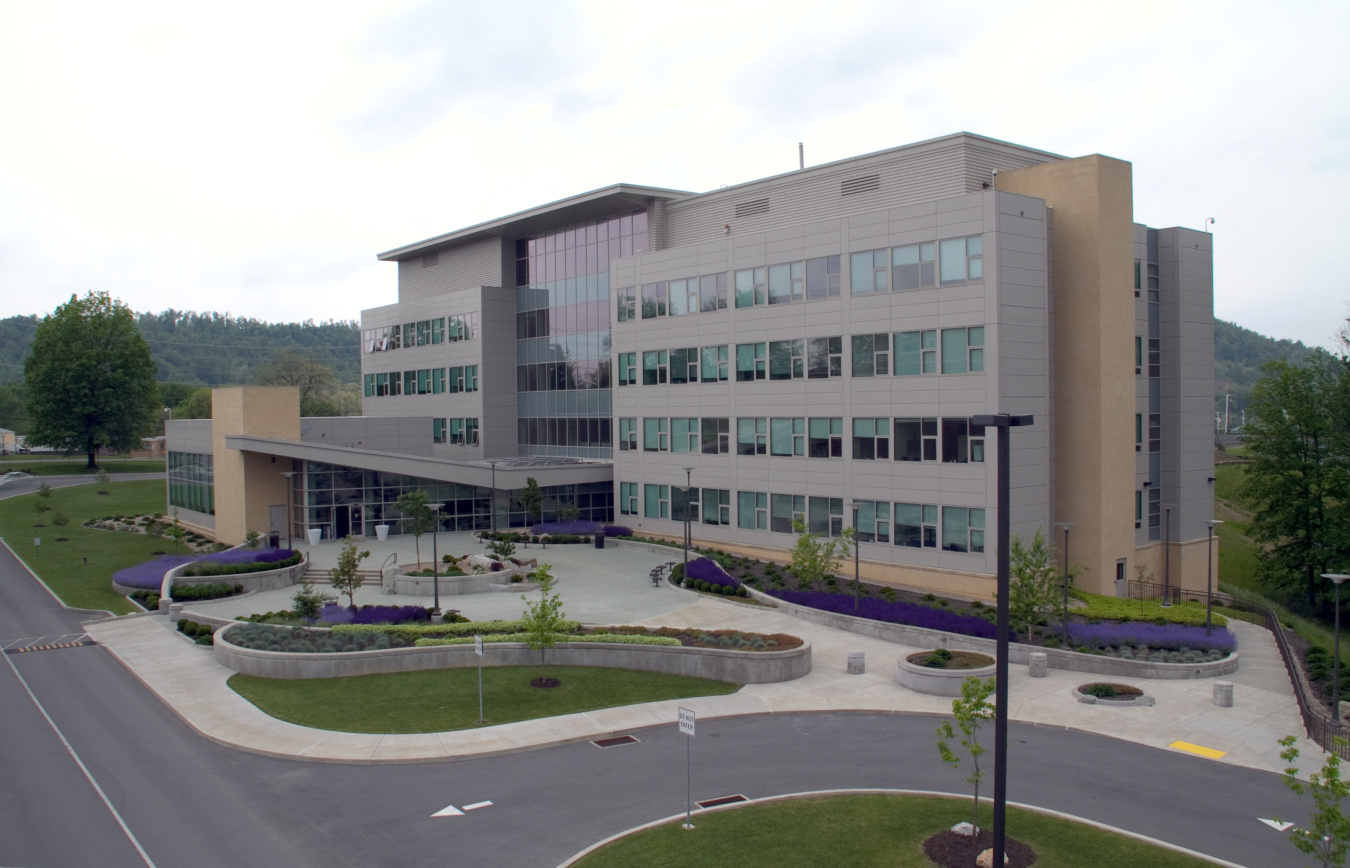A new awards program initiated by the U.S. Department of Energy Sustainability Performance Office has recognized a building at the National Energy Technology Laboratory as a high-performance sustainable building — a model of DOE’s five guiding prin...
Hydrocarbons and Geothermal Energy Office
November 14, 2013
DOE’s recognition program for high-performance sustainable buildings acknowledges buildings like B39 and promotes adherence to the guiding principles in all new DOE construction, renovations, and building alterations. The Sustainability Performance Office strives to ensure that, per Executive Order 13514, at least 15 percent of DOE buildings meet the requirements of the guiding principles by 2015, improving building sustainability on a national scale.
A new awards program initiated by the U.S. Department of Energy (DOE) Sustainability Performance Office has recognized a building at the National Energy Technology Laboratory (NETL) as a high-performance sustainable building—a model of DOE’s five guiding principles for sustainable buildings: integrated design, optimized energy use, water conservation, enhanced indoor environmental quality, and reduced environmental impact of materials.
Located on NETL’s Morgantown, W. Va., site, the Technology Support Facility, referred to as B39, previously received the U.S. Green Building Council’s gold certification in Leadership in Energy and Environmental Design (LEED), and is registered with the LEED Certification program under the New Construction & Major Renovations rating system.
NETL adhered to and promoted green building practices from the building’s very beginnings. As B39 was built, no soil was removed from the site during excavation, and construction waste was recycled or reused. This reduced both costs and greenhouse gas emissions since fewer trucks were needed to haul away debris. Recycled and sustainable materials were used throughout the building, including its foundation, walls, carpet, ceiling tiles, and structural steel.
By design, the facility’s roof assists in temperature control and energy and water conservation. One section is covered with vegetation that absorbs and holds energy from sunlight, and then releases heat when the air cools, helping to reduce the heating and cooling demands. Another portion has a 5.2 kilowatt photovoltaic array that provides electrical power to the lighting in the visitor’s center below. Additionally, the roof is equipped to collect rainwater for use in septic and gardening systems.
The air conditioning system in B39 reduces energy consumption through integration with the building management controls and the use of energy efficient algorithms. T5 fluorescent and compact fluorescent light bulbs are used throughout the building in conjunction sensors to improve energy efficiency. The large windows and central skylight also allow for ample natural light, minimizing the need for interior lighting.
DOE’s recognition program for high-performance sustainable buildings acknowledges buildings like B39 and promotes adherence to the guiding principles in all new DOE construction, renovations, and building alterations. The Sustainability Performance Office strives to ensure that, per Executive Order 13514, at least 15 percent of DOE buildings meet the requirements of the guiding principles by 2015, improving building sustainability on a national scale.
Although B39 is a shining example of green building, it’s not the sole representative of NETL’s commitment to sustainability. The laboratory has implemented a variety of energy-conserving, water-preserving programs, including two buildings at the Pittsburgh site that now maintain living roofs like the one topping B39. Green construction helps to reduce water waste, improve air quality, and ultimately cut costs.
Sustainable building is just one more way that NETL, the ENERGY lab, is invested in energy.

